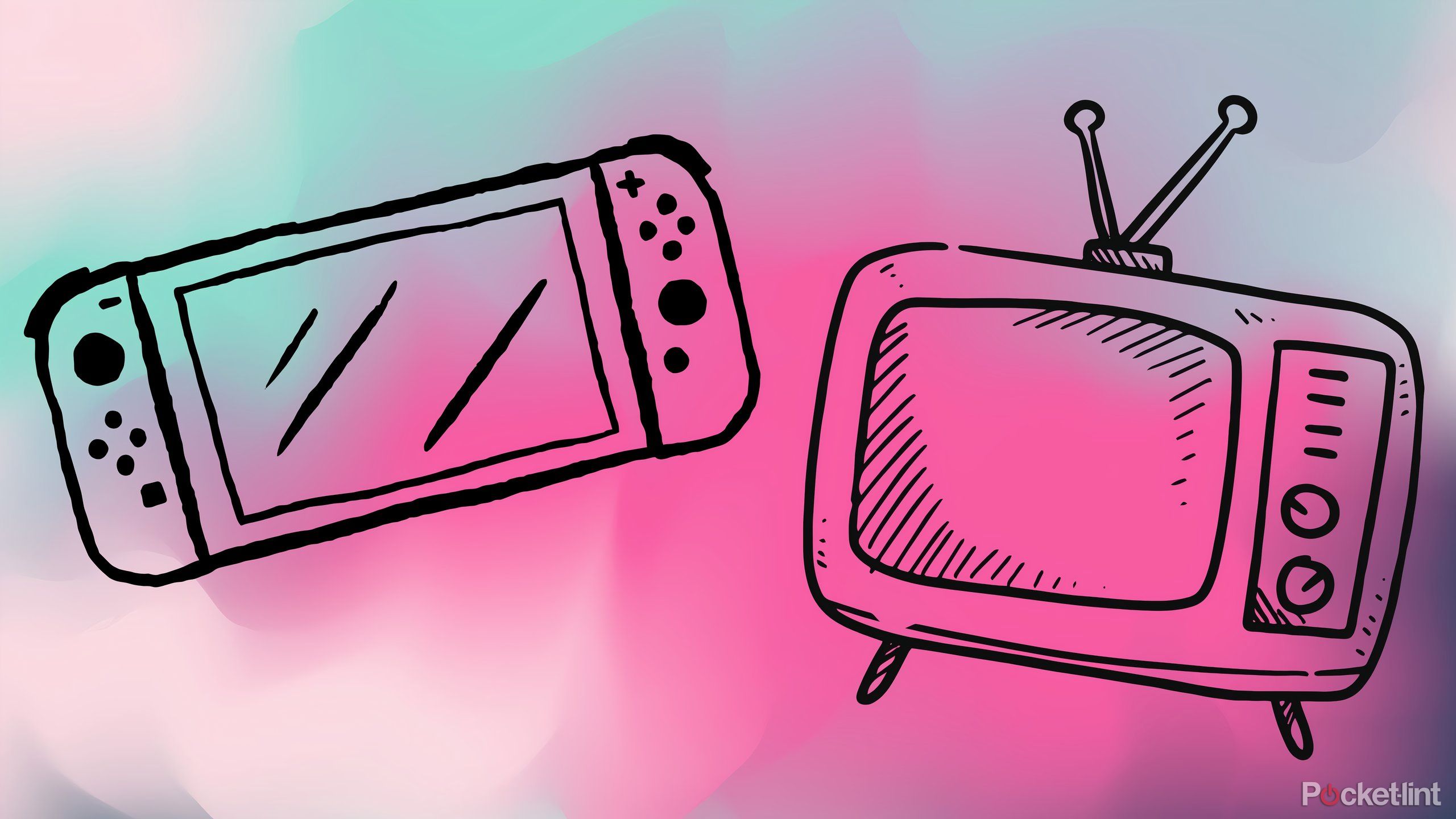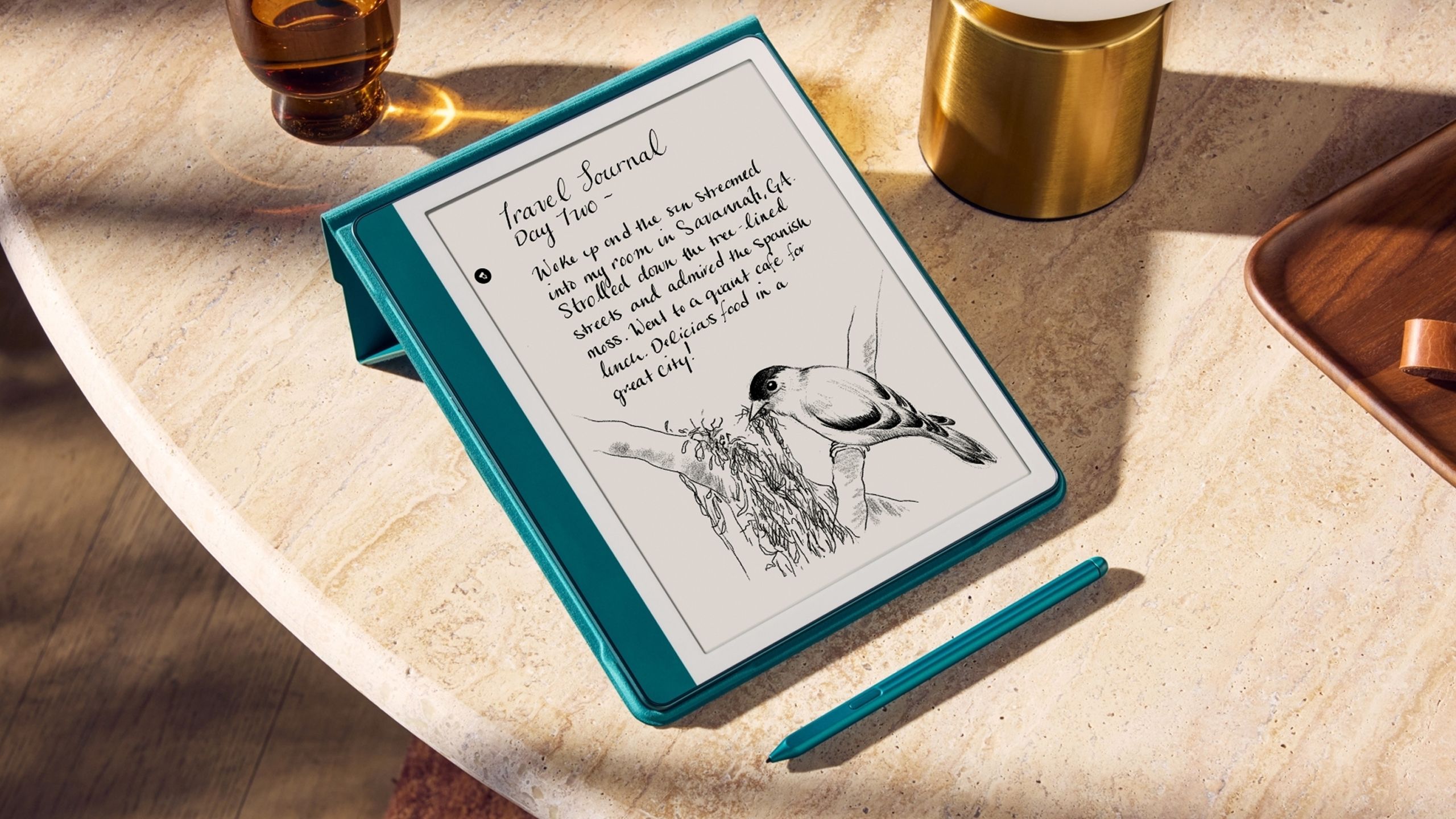What is Windows 10X and what’s happening with it?

Microsoft has been designing and building a new version of Windows 10, called Windows 10X, for the last couple of years, with the help of hundreds of engineers and designers.
Their goal, Microsoft said, is to enable “a new era of mobile productivity and creativity across two screens” and specifically on a new Surface device – the dual-screen Surface Neo. Although it emerged during 2020 that it would actually be for single-screen devices as well.
However, according to Petri’s Brad Sams in early May 2021, it has been shelved and will no longer ship during the year. Microsoft plans to focus on the standard version of Windows 10 according to the report – there’s a big new redesign of Windows 10 in the works called Sun Valley which will debut later in the year.

It’ll be interesting to see if some of the interface enhancements to Windows 10X make their way across to Windows 10.
What is Microsoft Windows 10X?
Windows 10X was conceived as a new version of the Windows 10 operating system specifically designed and optimised for devices like the Microsoft Surface Neo (which we previously heard was being delayed).
Windows 10 has always been about productivity, but Microsoft wanted to take that to another level with Windows 10X.
Unlike the iPhone X and iPhone XS, the X in Windows 10X sounds like “ex”. So, it’d be wrong to say “Windows ten ten”. Make sense?
The new OS tried to solve two basic problems with Windows 10: The ability to seamlessly use any Windows 10 app across two separate screens, while still being efficient enough to spare the battery life on thin, dual-screen mobile devices so that you can still get your work done.
Microsoft, therefore, came up with a stripped-down, modular version of Windows that offers users a greater degree of control on foldable devices but, as we later learnt, it could work on standard single-screen Windows devices, too.
Take a look at Windows 10X. #MicrosoftEvent @windows @carmenzlateff pic.twitter.com/8FsIspI5ld
— Microsoft Surface (@surface) October 2, 2019
How was Windows 10X different?
Windows 10 apps
Windows 10X was designed to look very familiar to the Windows 10 edition you already have on your PC, with easy access to search and your apps, websites, and files. It was to support the full breadth of Windows 10 apps available – including, crucially, Microsoft Office. Microsoft even demonstrated some cool new features for these apps. For instance, if you were in an Outlook email, clicking a link would automatically open it on the other screen.
Multitasking
When you launched an app on a dual-screen device, it opened on the screen in which you invoked it. Meanwhile, on the other screen, you could launch another app. You could then run both apps individually on their screens – handy for when you want to cross-reference info or multitask. But if your workflow required you to focus on one thing, you could do a new “spanning” gesture to expand an app across both displays.
WonderBar
Another interesting Windows 10X feature was the new Wonder Bar. It works like this: Simply place a Bluetooth connected keyboard over one of the screens, and Windows 10X would recognise it and show you a smart bar across a section of the screen that the keyboard isn’t covering. Using this, you could watch a picture-in-picture version of a YouTube video, or access emoji and GIFs for when you’re replying to messages or chats.
It reminds us of Apple’s TouchBar, actually. Microsoft said it was considering enabling the ability to use Windows Ink in this section. It was also working with app partners like Netflix and Spotify to optimise Windows 10 apps for this area.
Did this replace Windows 10 in S Mode?
No. Microsoft is still offering Windows 10 in S Mode for consumers who want devices that only run Windows Store apps.
Which devices were due to run Windows 10X?
Windows 10X was available on the now-delayed Surface Neo. Dell, Lenovo, ASUS, and HP all said they were planning to have multi-display PCs available – originally slated for late in 2020.






